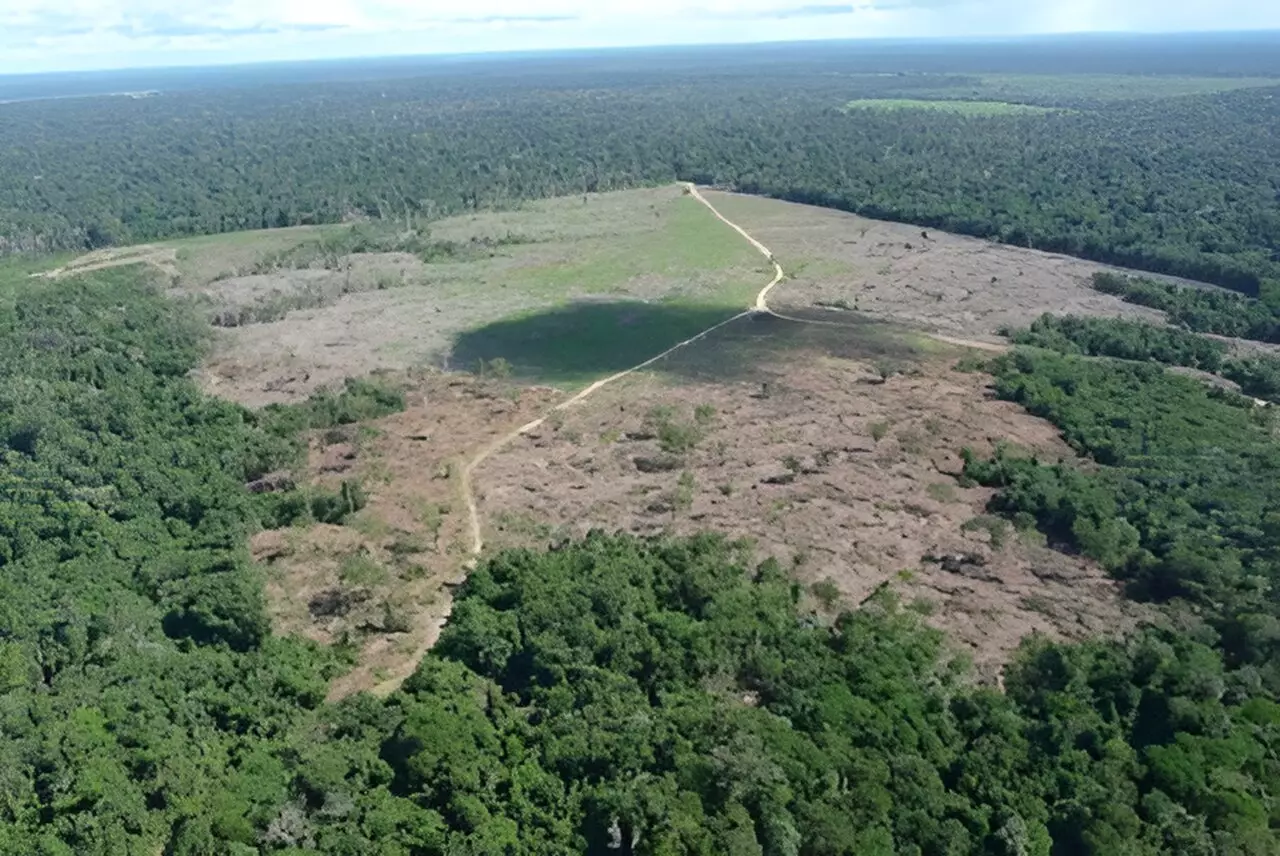The Brazilian Legal Amazonia (BLA) is a critical ecological zone that comprises over five million square kilometers across nine states in Brazil. This region represents approximately 60% of Brazil’s total land area, encompassing not only the renowned Amazon Rainforest but also substantial portions of the Cerrado biome. However, the scale of deforestation here is alarming: nearly a quarter of BLA has been deforested, with over one million square kilometers experiencing degradation. This ecological disruption raises grave concerns, as it pushes the region toward a potentially irreversible tipping point, leading to ecosystem collapses and massive releases of carbon into the atmosphere.
At present, certain areas within BLA, particularly along its borders with the Cerrado and in the so-called “Deforestation Arc,” are emitting more carbon than they sequester. This crucial ecological juncture necessitates immediate conservation actions and the rehabilitation of previously degraded lands. Both national and international stakeholders are feeling the pressure to respond to this urgent situation.
While the narrative often centers on foreign demand as a primary driver of deforestation, recent studies illuminate a more nuanced truth. Research by Eduardo Haddad and his colleagues published in *Nature Sustainability* argues that domestic markets exert far more significant pressure on the region’s ecosystems. This insight is critical, as it underscores the complexity of deforestation and the need to analyze both supply and demand perspectives.
The research focuses on how economic demand—rather than purely the supply side of productive sectors—fuels deforestation. A staggering 83.17% of deforestation is attributed to external demand, primarily from other parts of Brazil, with only 16.83% linked to local demand. This revelation pivots the conversation, suggesting that local consumption patterns are vital to understanding the ongoing destruction of BLA’s forests.
The methodological framework utilized in the study leverages an input-output model developed by Wassily Leontief, revealing the interdependencies between various economic sectors. While the data used dates back to 2015 due to a lack of recent updates, the stagnation of Brazil’s economic structure has allowed the findings to remain relevant.
The last few decades have marked a period of rapid transformation for the Brazilian economy, particularly within the agricultural sector. The advancement of soybean farming and livestock production, facilitated by infrastructure development and political shifts, has replaced vast swathes of the forest. From producing under 200 metric tons of soybeans in 1974, the BLA now accounts for over 50 million metric tons in 2022, highlighting an overwhelming increase of 41.5% of the national total.
This meteoric rise in agricultural output comes with severe environmental costs. Beef and dairy consumption patterns, especially among burgeoning urban populations, have driven cattle ranching expansion. Approximately 1.4 million hectares of forest were sacrificed for cattle pasture, with a considerable portion responding to demand from developing regions in Brazil, highlighting the importance of addressing domestic consumption habits in deforestation strategies.
Moreover, the geographic concentration of deforestation within BLA cannot be overlooked. A major portion—65.7% of total deforestation across Brazil—occurs in this area, primarily due to cattle ranching and agricultural practices. The assertion that illegal land occupation, or grilagem, significantly contributes to this devastation amplifies the urgency for reform and better governance to avert further ecological collapse.
Addressing the Future: Policy Directions and Community Actions
The findings from Haddad’s study present a critical opportunity for policymakers and civil society to take effective action against the drivers of deforestation. By spotlighting the economic engines that perpetuate environmental harm—especially those from Brazil’s more developed regions—strategies can be designed to not only mitigate deforestation but also foster sustainable practices in agriculture and land use.
As Brazil grapples with its greenhouse gas emissions and pursues international climate commitments, the imperative to manage land use effectively becomes clear. This circumstance offers not just a challenge but also a pathway to develop more sustainable economic practices that prioritize ecological integrity alongside agricultural productivity.
The battle against deforestation in the Brazilian Legal Amazonia exemplifies a multifaceted issue that requires immediate and coordinated action across various sectors. As stakeholders around the world become increasingly aware of their footprint, it is essential that the focus shifts from mere economic gain to preserving vital ecosystems that benefit the planet as a whole.


Leave a Reply